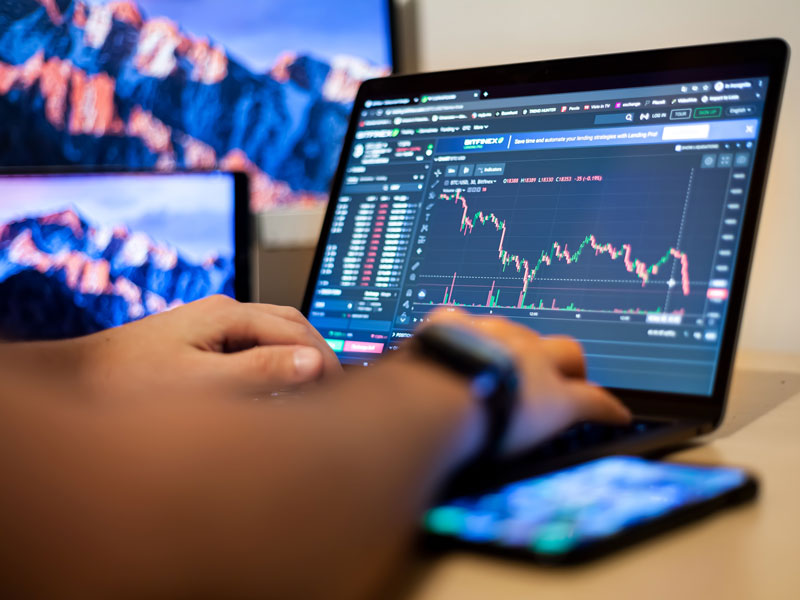Understanding Forex Trading Strategies, Risks, and Opportunities 1853358016

Forex trading, or foreign exchange trading, represents the process of buying and selling currencies in the global marketplace. It allows traders to profit from the fluctuations in currency value. One crucial aspect of successful forex trading is the choice of a reliable broker, such as trading forex Trading Broker ID, which can significantly affect trading success. In this article, we will delve into the essential knowledge surrounding forex trading, including strategies, risks, and how to navigate the forex landscape.
What is Forex Trading?
Forex trading involves the exchange of one currency for another at an agreed price. The forex market is the largest financial market in the world, with a daily trading volume exceeding $6 trillion. Unlike stock markets, forex operates 24/5, allowing traders to buy and sell currencies at any time during the trading week.
The Structure of the Forex Market
The forex market consists of various participants, including central banks, financial institutions, corporations, and individual traders. It is crucial to understand the market’s structure to navigate it effectively. The major components are:
- Banks and Financial Institutions: Major banks facilitate currency trading and represent the primary liquidity providers in the market.
- Brokers: Forex brokers act as intermediaries between traders and the market, providing access to trading platforms and analysis tools.
- Retail Traders: Individual traders who participate in the forex market seeking profit from currency fluctuations.
- Market Makers: Firms that provide liquidity by quoting buy and sell prices and can profit from the spread.
How Does Forex Trading Work?
Forex trading is conducted in currency pairs. Every currency pair consists of a base currency and a quote currency. The base currency is the first currency in the pair, while the quote currency is the second. For example, in the EUR/USD pair, EUR is the base currency, and USD is the quote currency. Traders speculatively buy or sell these pairs based on expected moves in their value.
Forex trading is typically conducted through a trading platform provided by brokers. Traders execute buy or sell orders based on their analysis, strategies, or market research. Position sizes, risk management, and leverage play vital roles in the execution of trades.
Trading Strategies in Forex
Successful forex trading often relies on sound strategies that are tailored to individual risk tolerance and market understanding. Here are some common trading strategies implemented by forex traders:
1. Day Trading
Day trading involves making multiple trades within a single day, with the aim of capitalizing on small price movements. Day traders close all positions by the end of the trading day to avoid overnight risks.
2. Swing Trading
Swing trading focuses on capturing price trends over a few days to weeks. Swing traders use technical analysis, indicators, and chart patterns to identify entry and exit points.
3. Position Trading

This strategy involves holding positions for extended periods (weeks or months) based on fundamental analysis and overarching market trends.
4. Scalping
Scalpers make many trades within a short timeframe, often seconds to minutes. This strategy aims to profit from small price changes and relies on high volume and quick execution.
Risk Management in Forex Trading
Risk management is a critical component of forex trading. Without an effective risk management strategy, traders may find themselves facing significant losses. Here are key aspects of risk management:
- Setting Stop-Loss Orders: Placing stop-loss orders can help minimize potential losses by automatically closing a position at a predetermined price.
- Risk-Reward Ratio: An effective risk-reward ratio ensures that potential profits justify the risks involved in each trade.
- Diversification: Spreading trades across different currency pairs can help mitigate risk and reduce exposure to adverse market events.
Understanding Market Analysis
Effective forex trading requires a solid understanding of market analysis. Traders typically employ two main types of analysis: technical analysis and fundamental analysis.
Technical Analysis
Technical analysis relies on historical price movements and chart patterns to forecast future price action. Traders use indicators such as moving averages, RSI (Relative Strength Index), and MACD (Moving Average Convergence Divergence) to identify potential trading opportunities.
Fundamental Analysis
Fundamental analysis focuses on economic indicators, news events, and geopolitical developments that could affect currency values. Key indicators include interest rates, employment figures, inflation data, and GDP growth rates.
The Role of a Forex Broker
Choosing a reputable forex broker is essential for successful trading. Brokers facilitate trading by offering platforms, tools, and access to the forex market. They also provide support, educational resources, and market insights to help traders make informed decisions.
When selecting a broker, consider factors such as regulation, fees, trading instruments, leverage, and available trading platform features. A good broker will provide transparency, a wide range of trading options, and robust customer support.
Conclusion
Forex trading represents a dynamic and potentially rewarding investment opportunity for traders around the world. Equipped with sound strategies, effective risk management, and a reliable broker, individuals can navigate the challenges of the forex market while capitalizing on its vast opportunities. As with all forms of trading, continuous education, practice, and analytics will enhance proficiency and set traders on the path to success.







